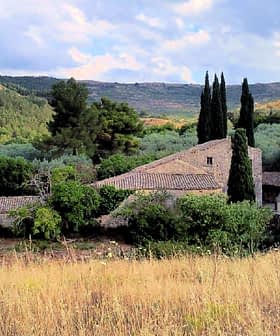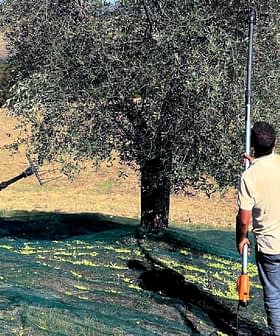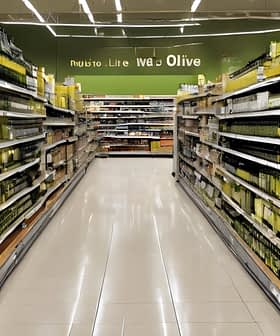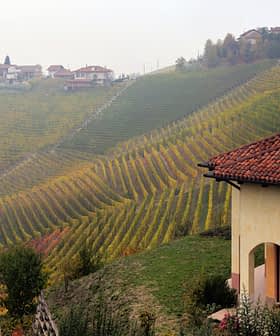Italian Olive Oil Production Estimated to Be Down by As Much As Half, Prices Largely Unaffected
Despite earlier predictions of a strong harvest, olive oil producers in Italy and most of Europe have revised their forecasts for the 2016 season sharply downward, while stocks from last year are keeping prices stable.
Last year Italy produced 470,000 tons of olive oil, doubling the horrendous 2015 output of 220,000 tons, to again become the world’s second-largest producer after Spain. Not only was the 2015 yield more than satisfying, the quality was great too, thanks to perfect climatic conditions.
This year, good flowering made most producers optimistic at first that the positive trend would continue, but a series of unfavorable weather-related factors over the last period made things worse and, under these conditions, it is now estimated that production will not exceed 250,000 tons.
See Also:Complete Coverage of the 2016 Olive Harvest
Some farmers started harvest in mid-September to deal with the critical situation and prevent loss, since the olive fruit fly and other pathogens had already affected olive groves in many production areas.
The next few weeks will be crucial for those who are waiting for the right moment to start.
These challenges are partly due to the fact that there was virtually no winter throughout Italy, especially in areas of the center and south.
Higher-than-average temperatures and humidity helped pathogens to develop, even in periods when biological development would be normally suspended. Despite other sporadic adverse weather conditions like hail, there was great confidence among the most of producers until the period of fruit set, when they had to face secondary pests like Anthracnose, and onset of Lytta Vescicatoria (or Spanish fly). Moreover, Anthracnose became a major problem when olive fly, during egg-laying spread fungi to fruits.
Some areas have suffered severe drought while in other regions heavy rains caused humidity and temperatures below 30°C (86°F), which are ideal conditions for the development of fly that in some cases left up to 10 tracks on one olive, as reported by some farmers.
For those who had to face these challenges, treatment had little affect, especially in biodynamic and organic agriculture. In the case of conventional treatments and the use of products with pre-harvest interval of 28 – 30 days, the efficacy decreased when it rained.
In particular, organic farmers started harvesting early in order to prevent further attacks of the fly, but all producers of the ‘Boot’ stand at attention, even those who have had no problems so far due to the position of their olive groves or to the promptness and effectiveness in applying treatments.
Early and constant monitoring is essential. Farmers who started to supervise their plants from the beginning of spring, watching for the occurrence of secondary diseases and applying right treatments in time, are able to have better results.
According to a study conducted by GEA Iberia in July, the forecast indicated a decrease of 8 percent in world production of olive oil for 2016 and it is estimated that all Europe will suffer a drop in production.
In the same way as Italy, in Spain good expectations have been subverted because of the heat and summer drought with production now estimated about 1.3 million tons.
A slump is also expected for Greece, while Portugal should reach an average production.
Elsewhere in the Mediterranean basin, a drop in production is expected in Tunisia yet Turkey seems to be the only place that will register an increase. Nevertheless, according to operators in the sector, prices will not significantly increase thanks to leftover stocks from last season.








